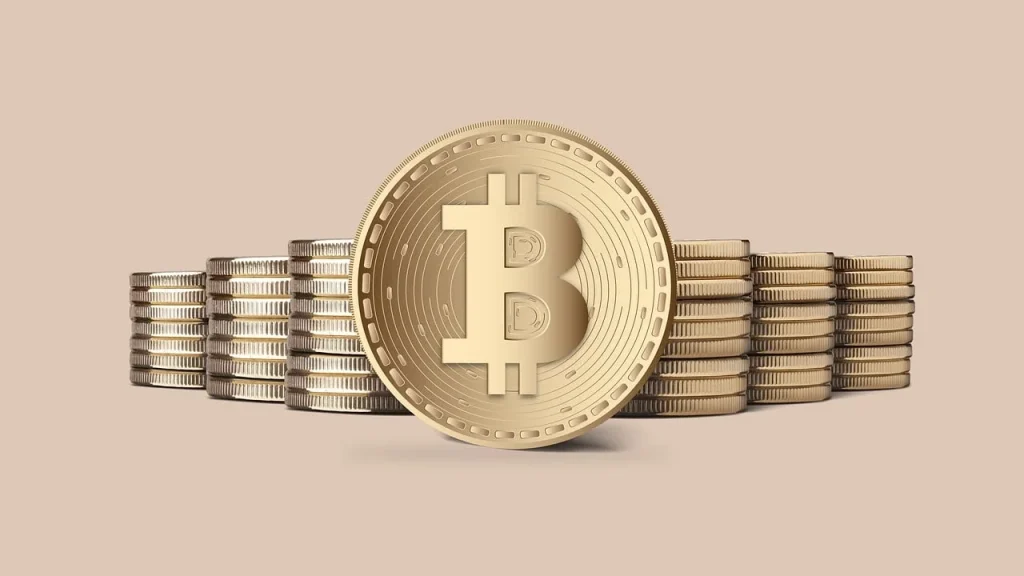Crypto has had a strange rhythm this year. Prices move, but the bigger story sits underneath: how regulation, new blockchains, liquidity shifts, and a surge of speculative micro-tokens all push the market in different directions. With so much attention on headline coins, many of the most meaningful changes are happening in areas that barely made it into mainstream coverage. Below is a look at the shifts shaping the second half of the year, the ones traders, builders, and analysts keep circling back to, even when the market looks calm on the surface.
Dive into topics that complement your interests – check out this related post!
ETF Momentum Cools While Institutional Money Repositions
Early 2025 felt like a stampede. Bitcoin ETFs attracted record flows, driven by pension funds, retail investors who didn’t want exchange accounts, and firms that needed tidy, regulated exposure. That pace could not last forever, and for the first time since launch, inflows have actually flattened out. Not reversed, just levelled.
What’s interesting is where that money is going instead. Several asset managers in New York and Chicago have shifted their attention to tokenized funds: vehicles that wrap bonds, real estate baskets, and fixed-income products within on-chain structures. They’re not flashy or make headlines, but they give institutions something they understand while still letting them experiment with blockchain rails. It’s quieter than the ETF wave, but it represents a long-term path that won’t depend on day-to-day volatility.
Solana’s Upgrade Sparks Another Memecoin Stampede
Solana’s latest performance upgrade was meant to reduce transaction delays and smooth out congestion under heavy load. It succeeded, but it also triggered an unintended consequence: another memecoin rush. Within days, new micro-caps flooded the market, some disappearing as fast as they appeared. Rug pulls, overnight pumps, and high-risk speculation returned with unmistakable enthusiasm.
Most investors avoid this corner entirely, but the activity matters. It shows how much retail liquidity is still willing to chase early-stage tokens even after a year of warnings. It also shows that speculative culture remains a foundational part of crypto’s identity. The anchor that ties this behavior together is the same one driving traders to search for the next shitcoin crypto narrative, especially the kind that promises a thousand-percent jump before anyone has time to check what the token even does.
On Solana, these tokens often launch in minutes, gather a crowd purely through meme momentum, and fade the moment attention shifts elsewhere. That cycle is why the stampede keeps coming back: the entire memecoin ecosystem is built on speed, hype, and the hope that one of these throwaway tickers becomes the next breakout.
State Regulators Target Exchanges — and the Rules No Longer Match Reality
One of the biggest under-reported stories is the patchwork regulatory fight happening across the US. Instead of waiting for federal clarity, state agencies have begun launching their own enforcement actions. New Jersey and Illinois opened inquiries into liquidity-pool products offered to retail traders. Florida is reviewing how some exchanges classify staking rewards. Oregon raised questions about how custody is handled for multi-chain wallets.
It’s not coordinated, and that’s the problem. Each state is writing rules that describe a market that no longer exists. Trading now moves between centralized exchanges, self-custody wallets, mobile apps, and browser-based aggregators without the user noticing the transitions. A patchwork approach misses how fluid the market has become, and traders are already adjusting by shifting to platforms registered overseas, even though those platforms aren’t always designed for US oversight.
Asia Pushes Ahead While Europe Tightens Its Grip
While US regulators debate definitions, Asia has been quietly shaping the market. Hong Kong continues to expand its digital-asset licensing regime. Singapore is refining its centralized exchange rules but encouraging institutional pilots. Even Japan, often slow in regulatory matters, has begun supporting limited tokenization programs for mainstream financial products.
Europe has taken the opposite path: tighten first, experiment later. MiCA’s stablecoin rules are stricter than expected. Several issuers are adjusting supply caps, regional access, and collateral ratios to comply. Euro-denominated stablecoins have grown, which wasn’t predicted, but dollar-pegged issuers must now rethink how to operate in the region. For traders who work across continents, this mismatch creates friction that didn’t exist two years ago. Some call it a setback; others see it as the start of a cleaner, more predictable regulatory timeline.
The Hidden Battle Between AI Tokens and Infrastructure Chains
AI coins are still everywhere. Some have gone quiet, but the ones that survived the initial hype cycle now sit at the midpoint between novelty and utility. Several AI-compute networks report rising demand from small developer teams that cannot afford traditional cloud services. Whether this turns into real revenue is another question.
Infrastructure chains, meanwhile, have their own fight. Layer-2 networks compete on fees, speed, and interoperability. Some are shifting toward ecosystems built around rollups that settle on multiple base layers instead of just Ethereum. The goal is obvious: catch the next wave of development before it lands.
This sector is also where more technical decision-making takes place, especially for companies that customize systems for niche use cases. Industry analysts often point to work such as tailoring business rules engines for industry-specific needs as an example of how deeply infrastructure design can shape outcomes. The tug-of-war between AI tokens and L2 chains follows the same logic: whoever adapts faster usually wins the next phase of growth.
Stablecoins Grow Quietly, Again, and This Time It Matters
Stablecoin dominance never fully went away; it just stopped being the headline. Over the last quarter, on-chain data shows a meaningful increase in stablecoin activity across decentralized exchanges, cross-border remittance tools, and even small business payments in Latin America. Some Mexican fintech startups now support stablecoin invoicing for international clients because it cuts settlement times from days to minutes.
The shift is subtle, but powerful. When stablecoins rise during calm market conditions, it often means builders are preparing for the next cycle. Analysts tracking these shifts sometimes tie them to broader data patterns, including the emerging trends in data analytics to watch in 2025. The overlap is simple: as data systems grow smarter, stablecoin adoption becomes easier to measure, easier to predict, and easier to scale.
Security Becomes the Central Story Again — Mostly Because People Forgot
After a year of fewer high-profile hack stories, many users have relaxed their habits. That lull is starting to break. Several security firms have reported a rise in private-key phishing attempts and a wave of copy-wallet scams that mimic trusted browser extensions. The problem is that these threats no longer appear on major crypto news sites unless millions are stolen.
Yet the damage is real. Retail traders now spread themselves across browser wallets, mobile wallets, exchange accounts, NFT markets, and DEX aggregators. Every extra step becomes another point of failure. Security analysts say the biggest risk today is not sophisticated hacking; it’s user fatigue. People stop paying attention because they assume the danger has passed.
The New Role of Mobile Apps in Crypto’s Growth
Crypto used to live inside web dashboards and exchange tabs. That era is ending. Most newcomers enter through mobile apps that blur the lines between trading, social feeds, education modules, and wallet functions. Some apps even let users jump between fiat accounts, staking, and NFT marketplaces without ever seeing the underlying blockchain.
Mobile growth also changes what developers prioritize. Latency matters. Battery drain matters. Notifications matter. And user retention depends less on advanced features and more on whether the app feels like something you can check quickly while waiting in line. The shift is subtle but reshaping how platforms design entire ecosystems.
Conclusion: A Market Moving in Several Directions at Once
Crypto is not in a boom, but it is not in a slump either. It’s in one of those strange phases where the infrastructure evolves faster than the headlines. Solana’s memecoin wave, ETF stagnation, Europe’s tightening stablecoin rules, Asia’s steady regulatory progress, state-level US enforcement, and the quiet rise of tokenized funds all run at the same time.
The next cycle won’t hinge on a single event. It will come from this layered mix of regulatory tension, new tools, cross-market liquidity shifts, and the constant back-and-forth between speculation and structure. Crypto has always moved in several directions at once, but this year the split is especially pronounced, and that, more than prices, is what will define the months ahead.
Spotlight on must-read content – check out our featured post today!







